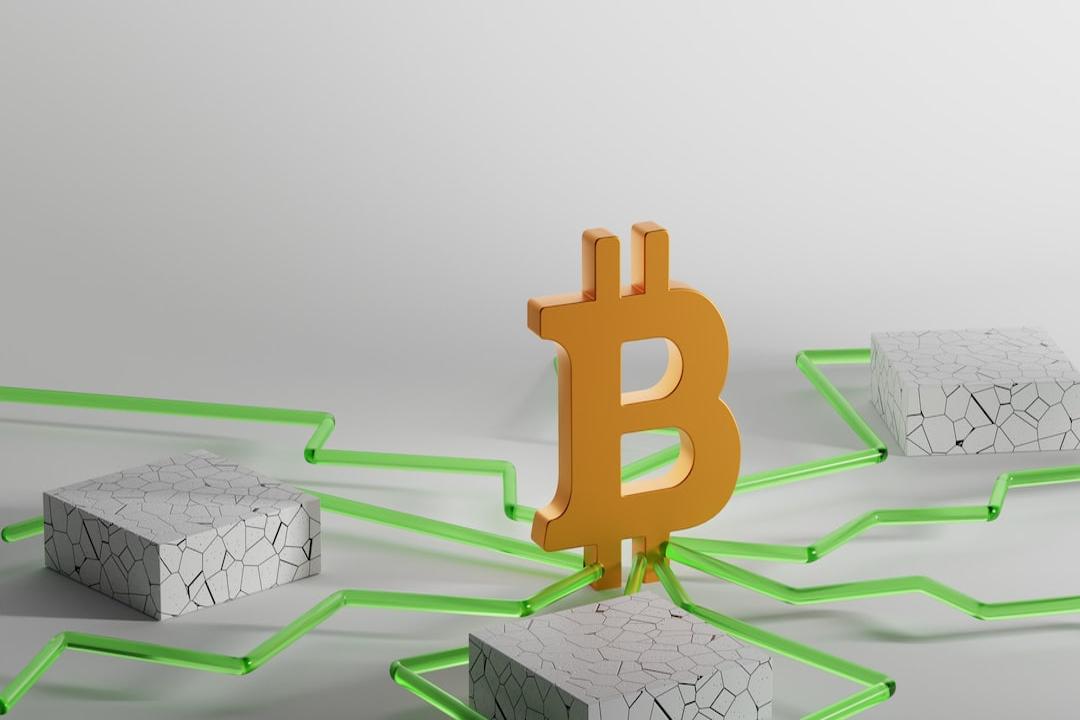The network will undergo significant changes resulting in increased openness and security.
The withdrawal process on the Sepolia testnet will see major modifications with the introduction of fault proofs. This move, scheduled for mid-July, marks a significant step towards decentralization for Base. The implementation of fault proofs ensures transaction integrity, enhancing network security and reliability. Understanding the implications of this development is crucial as Base continues to evolve.
Decentralizing Layer 2 (L2) networks necessitates the use of fault proofs, which will be rolled out on the Sepolia testnet in mid-July. By eliminating the need for centralized authority, this change allows anyone to verify and challenge the status of the L2 network. These major changes will enhance the network’s openness and security.
Withdrawals on the testnet will be affected by the implementation of fault proofs. Previously quick, the withdrawal process will now take at least a week to complete due to the new proving and finalization procedure. The system will now recommend output root claims through the “DisputeGameFactory” instead of the “L2OutputOracle.”
Users currently making withdrawals should take note of the timeline. Instant processing will be maintained for withdrawals initiated before the mid-July upgrade. However, withdrawals initiated during or after the upgrade will have a minimum wait period of seven days. In case of a withdrawal coinciding with the upgrade, users will need to resubmit their request.
In 2024, Base, the platform operated by Coinbase, has witnessed a surge in transaction fees and volumes due to the high number of projects listed. Network congestion was also experienced a few months ago as demand for the Layer 2 network increased.
Today’s highlighted crypto news includes a brief uptick in Solana price amid strong bear dominance.


